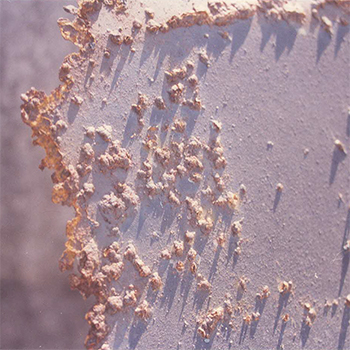Sheet metal is currently being used extensively in a variety of product assemblies. Though commodity and engineering plastics have contributed a lot towards replacing the metals used in products, for specific applications like heat, stress, durability, and some stringent working conditions, one has to go for the metals. As product designers, we spend the majority of our time designing parts and components for assemblies using sheet metal.
During the design stages, the designer always specifies or assumes some of the materials for the final product that will be sold. For this material selection, the designer has to be really keen about the materials and their behaviour in practice. Also, he should be able to judge the material's susceptibility and durability. To decide in advance on these factors, the designer should take into account some guidelines that will help him make a decision.
The majority of the time, the product designer works with sheet metal as a construction material. For the designer to specify the material for any component, he must understand the material's limitations and advantages in order to get the most utility out of the product and material from this selection.
The purpose of this topic is to set guidelines for the designer that enhance his knowledge of what he can do to reduce the very high cost of failures caused by wrong material selection or wrong design of the components. Because design is the first stage in the launch of any product, taking proper care in selecting the material can save a lot of money rather than repairing the mistake after the product goes into production.
So, in terms of economy and life efficiency, the designer should always have some guidelines in hand as a basis for the selection of materials here, particularly sheet metal. The majority of the sheet metal components are either stamped, formed, bent, etc., or designed with some special techniques like edge folding, denting, drilling, etc. When choosing metals, the main consideration that draws attention from a product design standpoint is the treatment given to the open edges of sheet metal, as many problems such as:
-Edges are the starting points of corrosion.
-Open sharp edges in assemblies can cause some injury.
-From a design point of view, edges are the major areas that give strength and shape to the sheet metal component.
-Open sharp edges are neither aesthetically appealing nor adopted as design features in the product.
-At the edges, the anticorrosive coatings also become inefficient because of the non-uniform thickness of the coating associated with the open edges. As a result, the edges are given the most attention in this topic.
